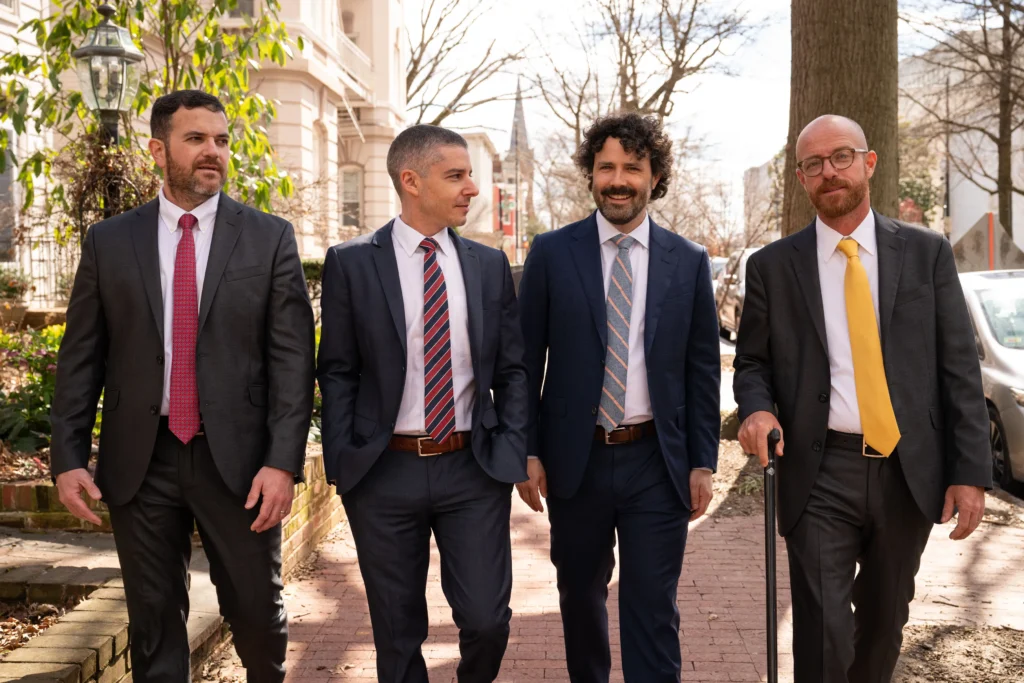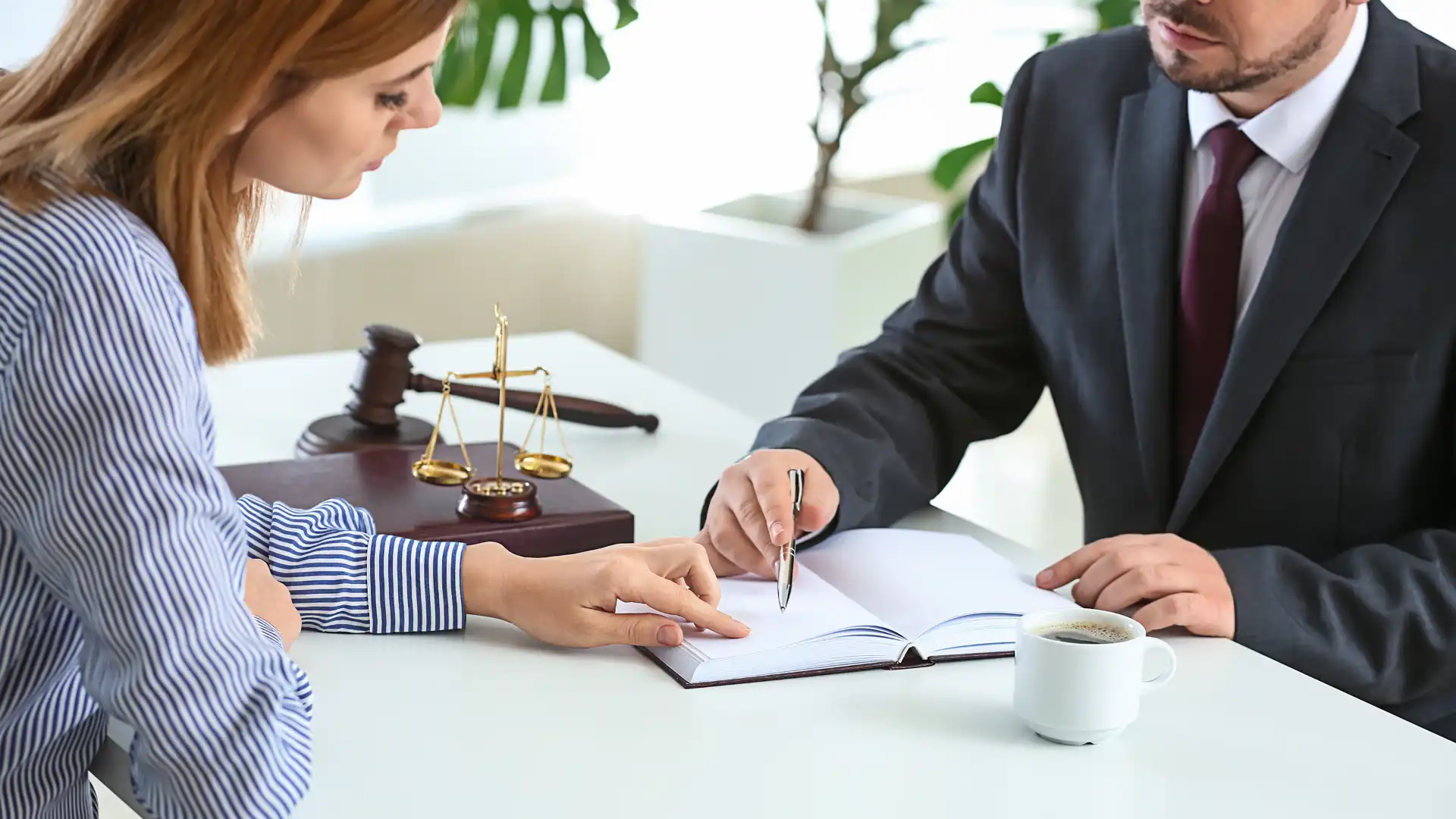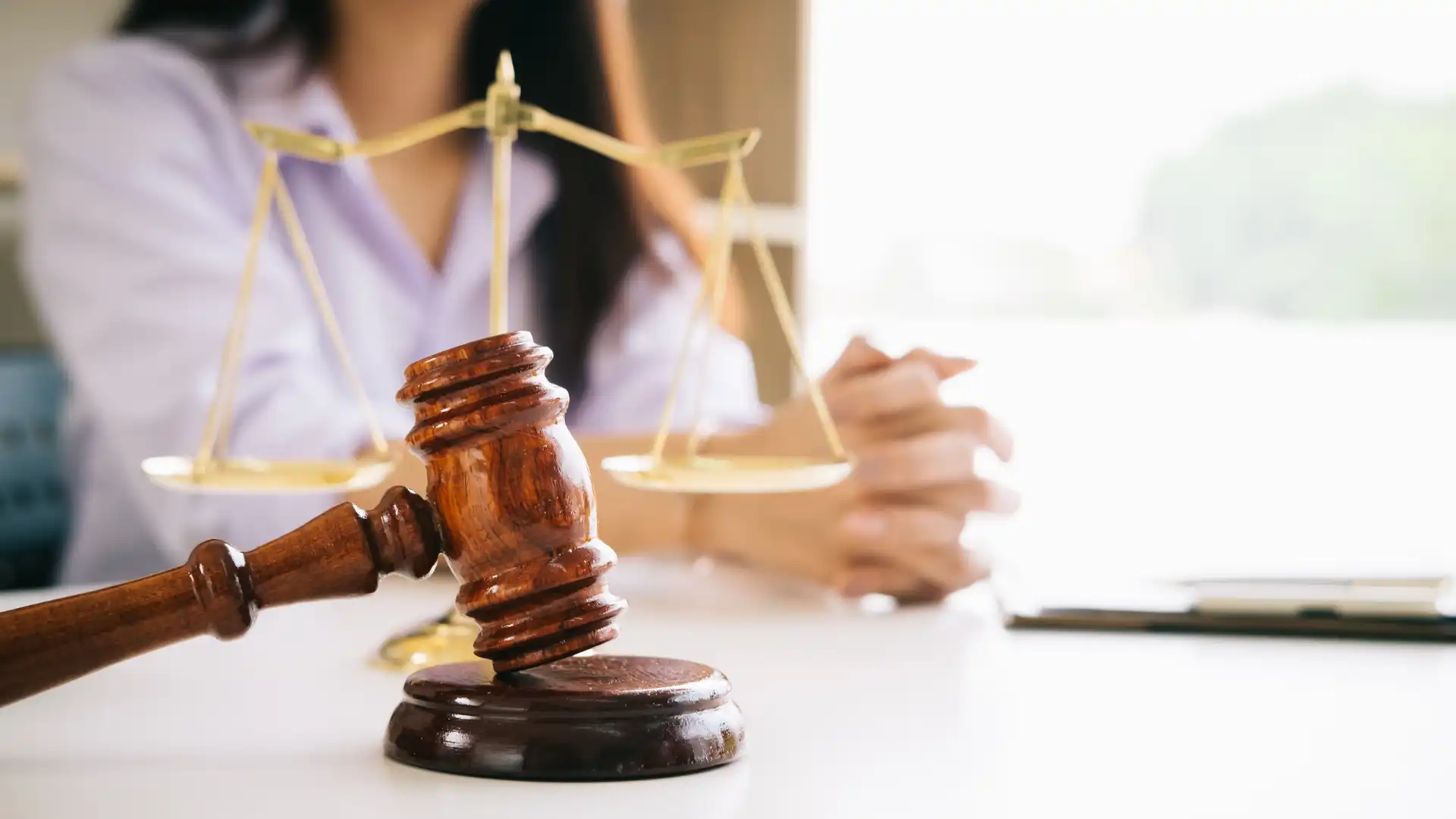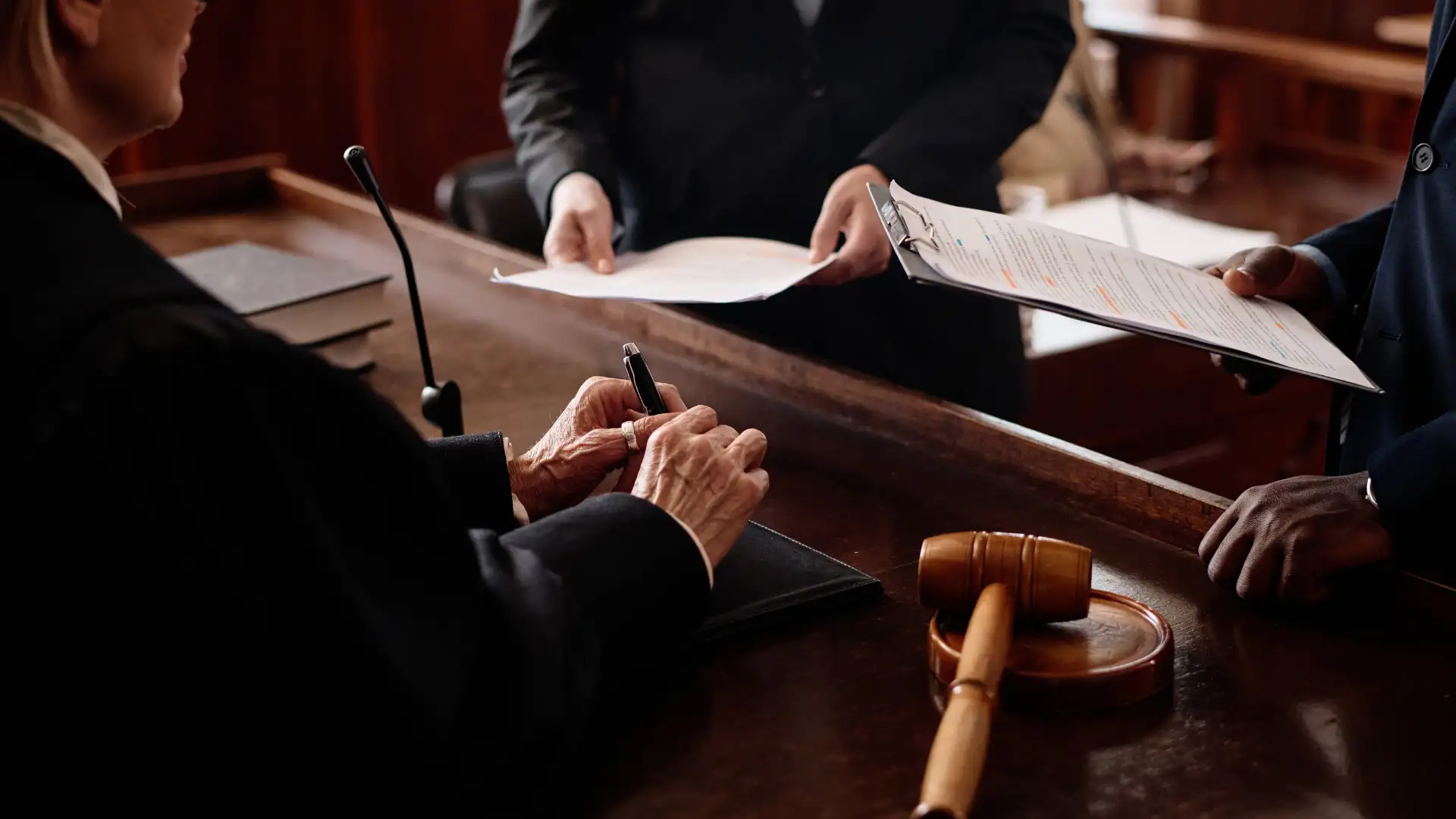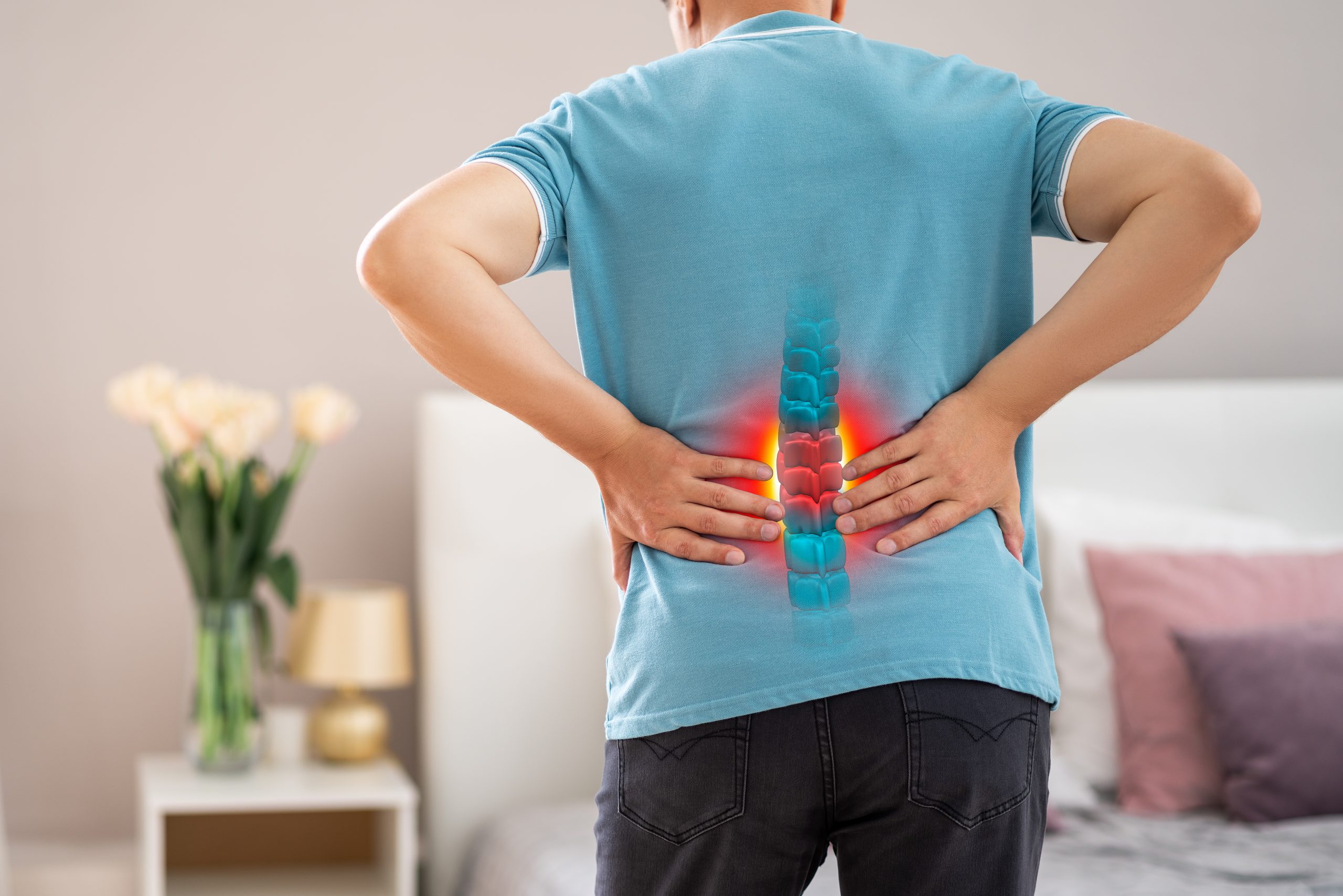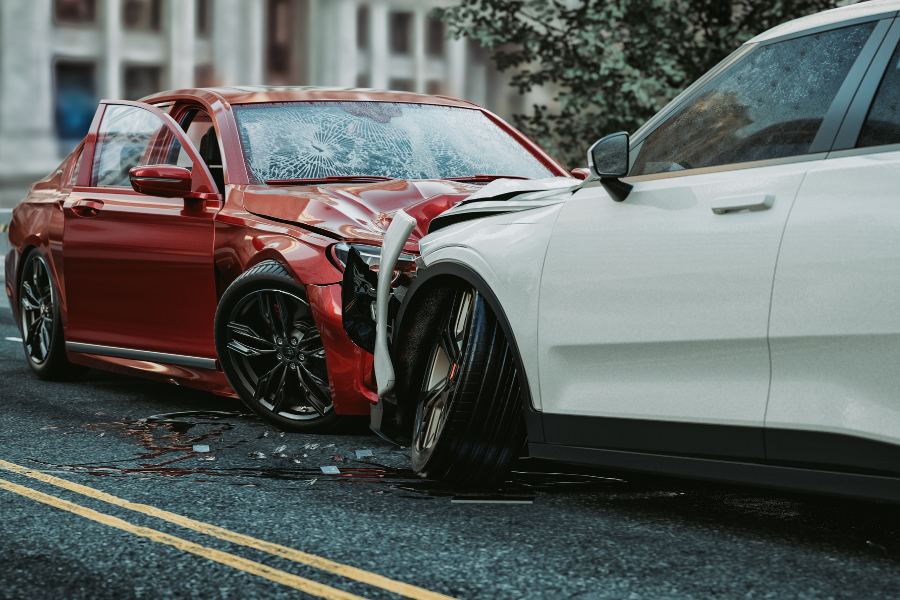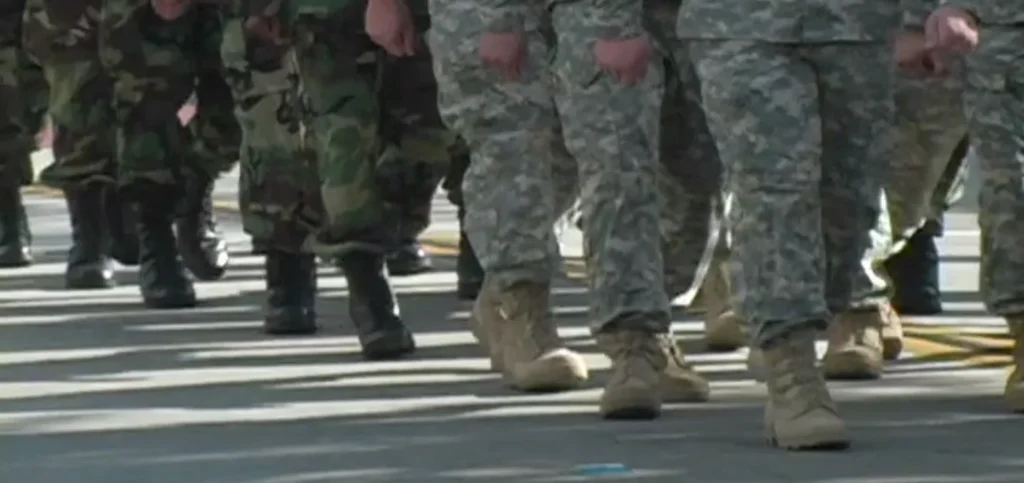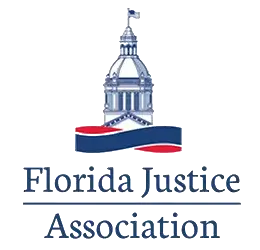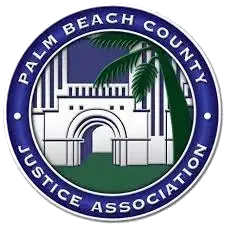With millions of cars on the road in America, collisions with pedestrians are bound to happen. These unfortunate accidents often result in severe injuries with lifelong consequences. Understanding these injuries is crucial for victims seeking proper medical care and legal support.
The team of pedestrian accident lawyers at Werner, Hoffman, Greig & Garcia can help you recover the compensation you deserve. We understand what you’re going through and we have the skills and experience to defend your rights. Reach out to us to schedule a free consultation at (800) 320-HELP or contact us online.
The Fundamentals of Florida Pedestrian Accidents
The vulnerability of pedestrians compared to vehicle occupants makes them particularly susceptible to harm in the event of a collision.
Common Causes of Pedestrian Accidents
Pedestrian accidents can occur for a variety of reasons, but some factors contribute to their occurrence more frequently than others. Understanding these common causes of pedestrian accidents can help prevent future injuries and hold negligent parties accountable.
- Distracted driving: This includes activities such as texting, talking on the phone, eating, or applying makeup while operating a vehicle. When distracted drivers are not fully focused on the road, they are more likely to miss pedestrians, especially those in crosswalks or intersections.
- Impaired driving: Driving under the influence of alcohol or drugs significantly impairs a driver’s judgment, reaction time, and coordination, making pedestrian accidents far more likely.
- Speeding: Excessive speed reduces a driver’s ability to react to unexpected obstacles, such as pedestrians crossing the street. Higher speeds also increase the severity of injuries in the event of a collision.
- Poor road conditions: Factors like inadequate lighting, obscured visibility, and poorly maintained roads can contribute to pedestrian accidents. These conditions can make it difficult for both drivers and pedestrians to see each other, increasing the risk of a collision.
- Pedestrian error: While drivers are primarily responsible for avoiding pedestrian accidents, pedestrians also have a duty to exercise caution. Crossing the street outside of designated crosswalks, jaywalking, or failing to yield the right of way can increase the risk of being struck by a vehicle.
The cause of the accident is critical when it comes to determining liability: the party responsible for the injuries and other damages. An experienced pedestrian accident lawyer can assess your case and hold the responsible party accountable for the full extent of your damages.
Common Types of Injuries Caused by Pedestrian Accidents
Pedestrian accidents can result in a wide range of injuries, from minor to life-threatening. Understanding the common types of pedestrian accident injuries can help victims seek appropriate medical treatment and legal support.
Head Injuries
Head injuries are a common and often severe consequence of pedestrian accidents. The impact from a collision can cause significant damage to the brain and skull.
- Traumatic brain injuries (TBIs): These injuries range in severity from mild concussions to severe brain damage. Traumatic Brain Injuries caused by pedestrian accidents can result in cognitive difficulties, physical impairments, and emotional disturbances.
- Concussions: A concussion is a mild form of TBI caused by a jolt to the head. Symptoms of concussion injuries may include headaches, dizziness, nausea, and difficulty concentrating.
- Skull fractures: These fractures can occur when the skull is struck with significant force. They can cause bleeding, brain damage, and other complications.
Head injuries can be very dangerous. These injuries are often fatal, and survivors may face long-term consequences like brain damage.
Spinal Cord Injuries
Spinal cord injuries are devastating injuries that can result in permanent loss of function below the point of injury. When the spinal cord is damaged, communication between the brain and the body can be disrupted, leading to paralysis or other neurological deficits.
The severity of a spinal cord injury depends on the location of the damage and the extent of the injury. Injuries to the cervical spinal cord, located in the neck, can result in quadriplegia, affecting all four limbs. Injuries to the thoracic spinal cord, located in the chest, can lead to paraplegia, affecting the lower body.
Individuals with spinal cord injuries often require extensive and ongoing medical care, including physical therapy, occupational therapy, and assistive devices.
Bone Fractures
Pedestrian accidents frequently result in bone fractures. The impact of a collision can cause bones to break in various parts of the body. The severity of a fracture depends on factors such as the type of bone, the location of the break, and the mechanism of injury.
They can range from simple hairline cracks to severe fractures that completely shatter a bone. Bone fractures can lead to complications such as infections, delayed healing, and permanent disability. Recovery often requires surgery, immobilization, and physical therapy.
Soft Tissue Injuries
Soft tissue injuries involve damage to muscles, tendons, ligaments, and other connective tissues. While often less severe than bone fractures or head injuries, soft tissue injuries can still cause significant pain and discomfort.
- Sprains, strains, and contusions: Sprains involve damage to ligaments, while strains affect muscles or tendons. Contusions, or bruises, are caused by damage to blood vessels beneath the skin.
- Whiplash: In some cases, pedestrian accidents can result in whiplash, a neck injury caused by sudden forceful movement of the head.
Treatment for soft tissue injuries often involves rest, ice, compression, and elevation (RICE). In more severe cases, physical therapy may be necessary to help restore strength and function.
Internal Injuries
Internal injuries are often hidden and can be life-threatening. The force of a pedestrian accident can damage internal organs, leading to severe complications.
Symptoms of internal injuries may include abdominal pain, difficulty breathing, and blood in urine or stool. Diagnostic tests, such as CT scans and ultrasounds, are used to identify internal damage.
Compensation for Injuries Caused by Pedestrian Accidents
Pedestrian accidents can take a serious financial toll, and victims may be entitled to compensation.
Types of recoverable damages may include:
- Medical expenses: This includes costs for emergency treatment, hospitalization, surgeries, rehabilitation, and ongoing medical care.
- Lost wages: Compensation for income lost due to the inability to work as a result of the accident.
- Pain and suffering: Compensation for physical and emotional pain and distress caused by the accident.
- Property damage: Reimbursement for damage to personal belongings.
- Wrongful death: If the pedestrian dies as a result of the accident, surviving family members may be entitled to compensation for their loss.
The amount of compensation available to a pedestrian accident victim can be influenced by the severity of injuries, the extent of fault, and any applicable state laws.
Let WHG Protect Your Pedestrian Accident Claim
Navigating the legal system while dealing with the physical, mental, and financial challenges of a pedestrian accident can be overwhelming. Hiring an experienced personal injury lawyer can provide invaluable support and guidance throughout the claims process.
- Gathering evidence: This includes obtaining medical records, police reports, and photographs of the accident scene.
- Dealing with insurance companies: Insurance companies often prioritize their own interests, so having a personal injury lawyer to negotiate on your behalf is crucial.
- Negotiating a settlement: A lawyer can assess the strength of your case and negotiate a fair settlement with the insurance company.
- Representing the victim in court: If your case goes to trial, a lawyer will advocate for your rights and present evidence to support your claim.
At Werner, Hoffman, Greig & Garcia, we understand the devastating injuries suffered by victims of pedestrian accidents. Our team has made it our mission to use our skills and expertise to help.
Contact WHG today for a free consultation to discuss your pedestrian accident case. You can contact us online or call us at (800) 320-HELP to get started.
Frequently Asked Questions
What should I do if I am involved in a pedestrian accident?
Seek immediate medical attention for injuries caused by pedestrian accidents. Additionally, you should report the accident to the police, and avoid discussing fault with anyone. Afterward, get in touch with an experienced pedestrian accident lawyer right away.
How often do pedestrian accidents cause fatal injuries in Florida?
Florida is a dangerous for pedestrians, compared to other states. In 2022, there were 10,013 collisions involving pedestrians on Florida roads. 765 pedestrians suffered fatal injuries as a result of the accident, according to FLHSMV statistics.
Can I wait to file a pedestrian accident lawsuit?
The statute of limitations for a pedestrian accident claim varies from state to state. After a Florida pedestrian accident, you have two years after the date of your injury to pursue legal action. An experienced pedestrian accident lawyer can make sure you don’t miss any important deadlines.

